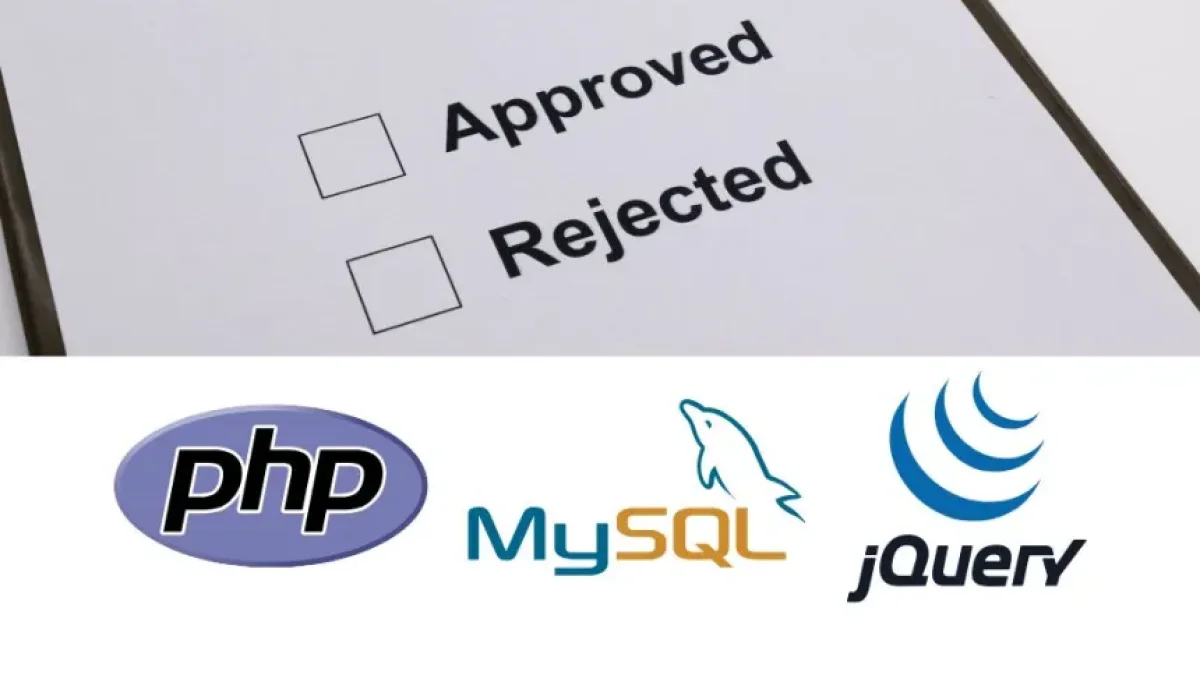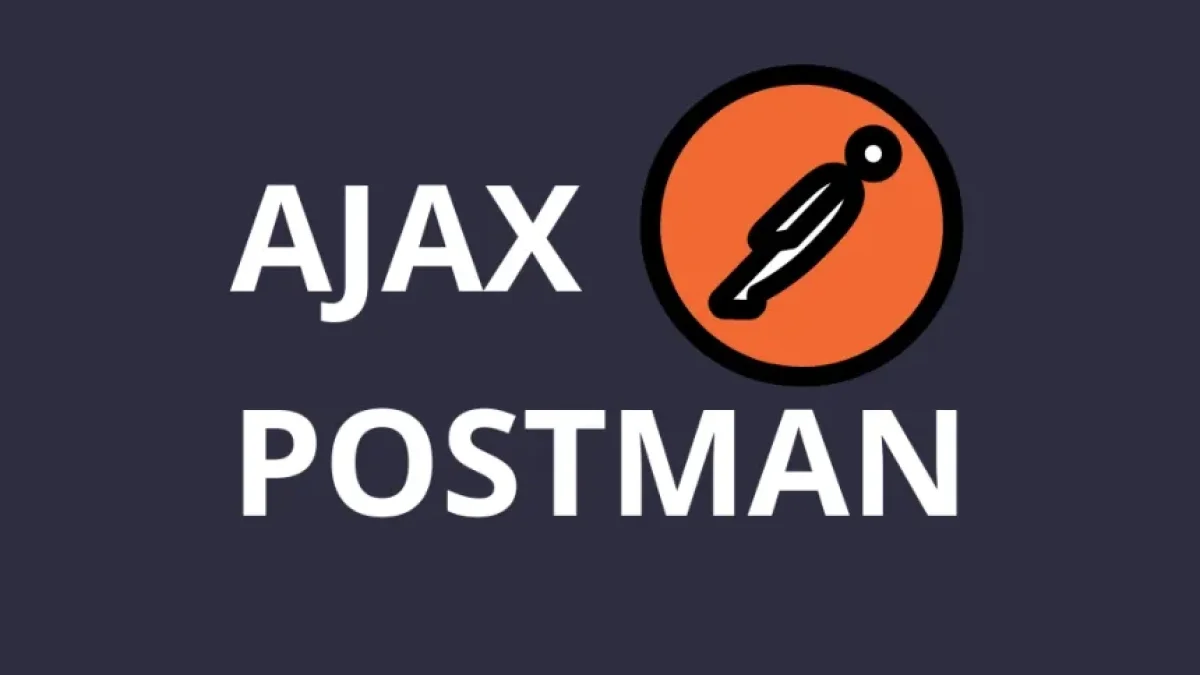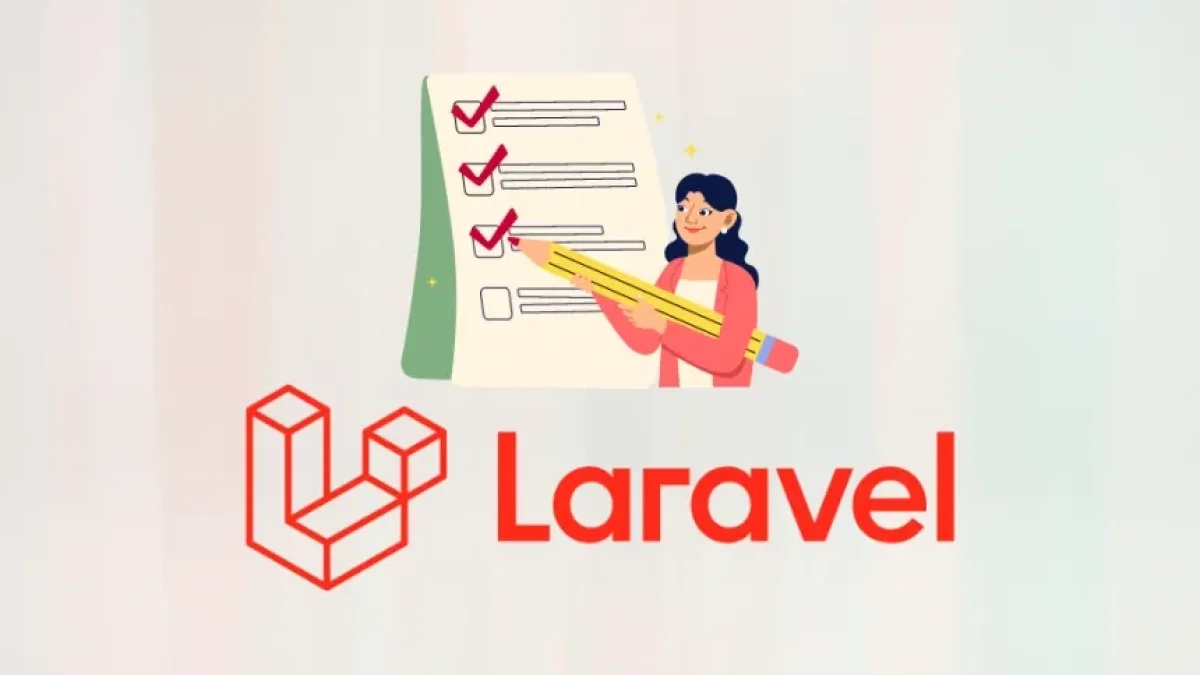How to Change the Status in Laravel Using AJAX Easily


Managing states in web applications is a common and essential task for developers. With Laravel and AJAX, dynamically changing the state of an element has become easier. This article addresses how to implement this functionality in your projects using these powerful tools.
Introduction to AJAX in Laravel
AJAX (Asynchronous JavaScript and XML) is a technique that allows you to make requests to the server without having to reload the page. This is especially useful in web applications where user experience is key. Laravel, a popular PHP framework, offers many facilities for working with AJAX, allowing efficient and fast handling of requests.
Initial Preparations
Before getting started, it's essential to have a configured Laravel project. Ensure that you have Laravel installed and access to a database where you can make changes. For this example, we will consider a project that manages a task list, where each task has a status that can be "complete" or "pending".
Read also
Creating the Route and Controller
The first thing you need to do is create a new route in the web.php file that handles the status update. You can do it as follows:
Route::post('/update-status/{id}', 'TaskController@updateStatus');Next, in the TaskController, you need to create the updateStatus method that will handle the logic for changing the task's status:
public function updateStatus(Request $request, $id)
{
$task = Task::find($id);
$task->status = $request->input('status');
$task->save();
return response()->json(['success' => true]);
}Creating the Form
Next, you need to create a form that initiates the AJAX request. This form should include a button or an element that, when clicked, will send the request to change the status. Here is an example of how it could look:
<form id="statusForm" data-id="{{ $task->id }}">
<select name="status" id="status-select">
<option value="pending" {{ $task->status == 'pending' ? 'selected' : '' }}>Pending</option>
<option value="completed" {{ $task->status == 'completed' ? 'selected' : '' }}>Complete</option>
</select>
<button type="button" id="update-btn">Update Status</button>
</form>Implementing the AJAX Logic
To handle the status change without reloading the page, you need to add a bit of JavaScript. This is where we implement AJAX to send the request to the server. Below is an example of how to do this:
document.getElementById('update-btn').addEventListener('click', function() {
const status = document.getElementById('status-select').value;
const taskId = document.getElementById('statusForm').getAttribute('data-id');
fetch(`/update-status/${taskId}`, {
method: 'POST',
headers: {
'Content-Type': 'application/json',
'X-CSRF-TOKEN': '{{ csrf_token() }}'
},
body: JSON.stringify({ status: status })
})
.then(response => response.json())
.then(data => {
if(data.success) {
alert('Status updated successfully.');
}
})
.catch(error => console.error('Error:', error));
});Conclusion
Implementing the functionality to change the state using AJAX in Laravel not only improves the user experience but also makes your application more interactive. By following these steps, you can manage states in your projects efficiently and easily.
If you found this article useful, I invite you to explore more news and tutorials about web development on my blog. There is always something new to learn!



















